Practices’ West Midlands proposals go out to public consultation
Grimshaw Architects, WSP and Arup Associates have unveiled their designs for the two new HS2 stations in the West Midlands, set to open when services on the high-speed line commence in 2026.
Curzon Street Station in Birmingham city centre was designed by Grimshaw and WSP. Interchange Station – which will serve the National Exhibition Centre and Birmingham Airport, around seven miles south-east of the city centre, and Solihull – was designed by Arup.
The firms’ proposals are set to go on display at Birmingham Library so that the public and businesses can provide feedback on the designs.
HS2, the Department for Transport-owned company delivering the project, said Curzon Street Station would be the first brand new “intercity” station built in Britain since the 19th century, and would provide seven high-speed platforms.
It will be fully integrated into an extended Midland Metro tram network, as well as offering pedestrian, cycle, taxi, bus and conventional rail connections to the rest of the city and the wider West Midlands.
Neven Sidor, Grimshaw’s lead architect on Curzon Street, said the firm’s design had been “inspired by the best station design of the past, inspired by Britain’s pioneering railway and industrial heritage” and “reimagined” for the 21st century.
“The elegant sleek low arch, which will make the station instantly recognisable in the surrounding area, and its warm coffered soffit will join the growing list of modern Birmingham icons,” he said.
“The west concourse will have the ambiance of a modern airport terminal with both platform and waiting areas included in the grand arched space. The east concourse has been designed to include the historic Curzon Station building as part of a revitalised New Canal Street scene.”
Curzon Street was built between 1834 and 1838 as the terminus of the original London to Birmingham railway. It is grade I listed.
Kim Quazi, Arup’s lead architect on Interchange Station, said the station roof has been designed to fit in with the surrounding landscape, and to optimise natural daylight using an integrated, efficient structural form and rainwater management system.
“We have also focused on a number of objectives including creating a positive experience for future users and rail passengers by including open space, parkland and views to green spaces, and constructing a green building with low energy consumption and low maintenance,” he said.
Arup worked with Glenn Howells Architects and Wilkinson Eyre on the Interchange project.


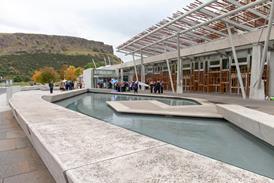

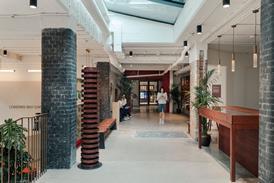




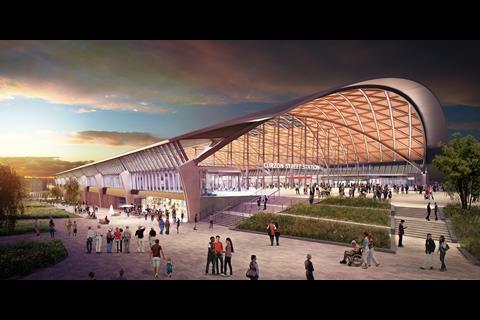
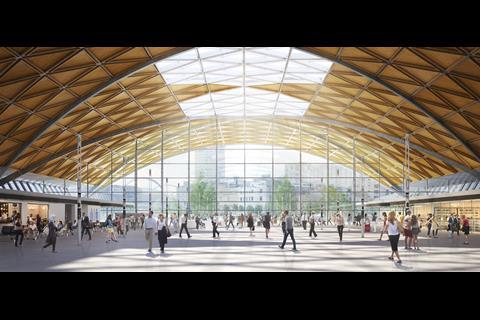
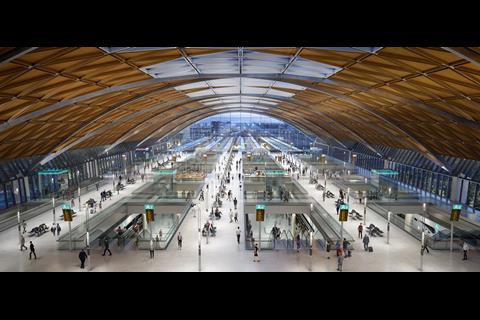


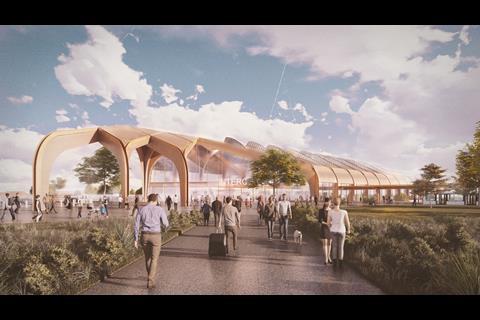
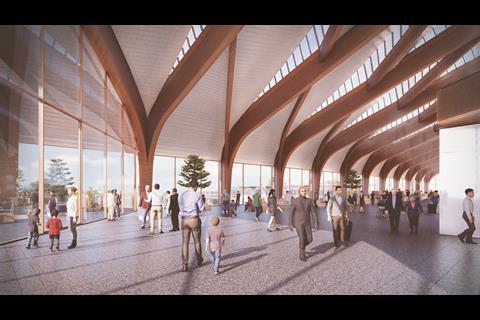
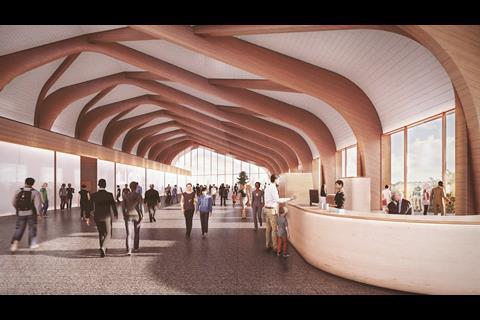




8 Readers' comments